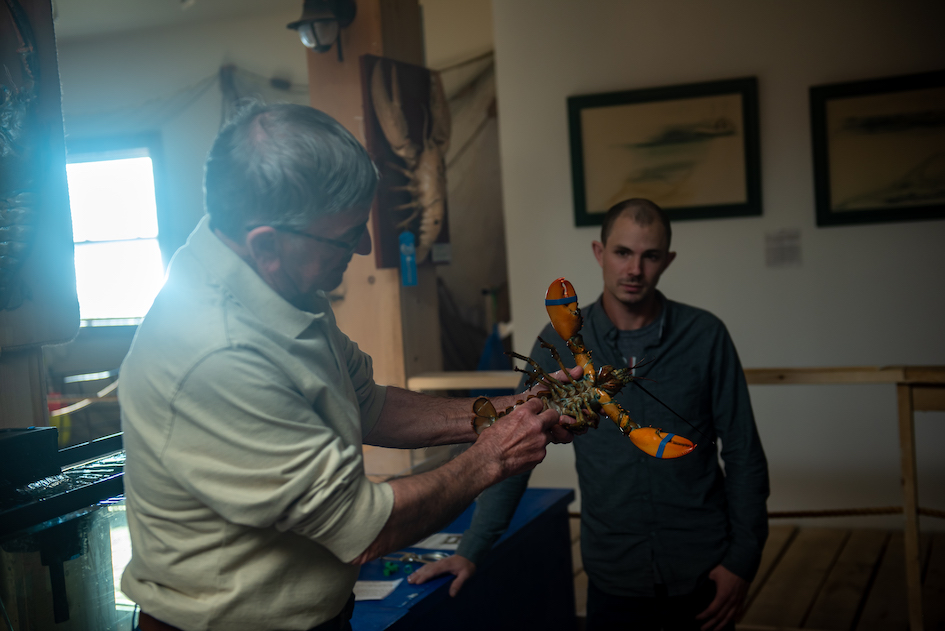Northumberland Fisheries Museum represents the past, celebrates the present, and informs the future
In Nova Scotia, our culture is shaped by the ocean, a sentiment profoundly understood at the Northumberland Fisheries Museum. Overlooking the Northumberland Strait on the Pictou Waterfront, the museum pays tribute to the region’s fisheries industry by preserving its rich sea heritage.
More than just a warehouse where precious belongings are kept, the museum, along with its Lobster Hatchery and the Lighthouse Research & Interpretive Centre offers a variety of exhibits, archival material, stories of fishers and their families, and even a rare coloured live lobster display where people can learn biology from lobsters found by local fishers.
Anita Price, executive director with the Association of Nova Scotia Museums believes that museums act as store houses for our understanding of who we are and how we’ve grown as a society, helping to inform our future.
“Usually, you find that any museum has a fairly multi-layered, rich, complex relationship with its community,” says Anita. “It speaks to how the community themselves have evolved, what cultures grounded them, and what industries are present. We see ourselves represented in the walls of that building.”
Many believe that artifacts are the most honest representation of the past. Victoria Thompson, the museum’s manager and curator who comes from a fishing family, also wants others to know the museum’s relevance in today’s society.
“It’s really important to get across that fisheries aren’t something that happened in the past, they’re something that are ongoing,” she says. “Here, it’s something people live every day. People can come into these museums and see themselves, their families, and people they identify with.”
Victoria stresses the importance of the museum not only in Pictou, but for the surrounding communities as well. “We not only represent our local area, but the entire Northumberland Strait,” she says. “We represent communities in Prince Edward Island, New Brunswick, and this is a place that’s easily accessible from all of those places. We bring together the stories of the fishermen whose stories intersect.”
The museum, which is one of only four accredited museums in the province, does more than reflect the fishery community itself, says Lisa Wolfe, president of the Association of Nova Scotia Museums.
“It’s also doing really innovative work with lobster larvae, trying to keep the industry going,” she says. “Programs like Support4Culture are the ones that are helping us bring our projects forward. We need to keep up with our primary resources and also preserve them…and be part of the future of the fisheries.”

